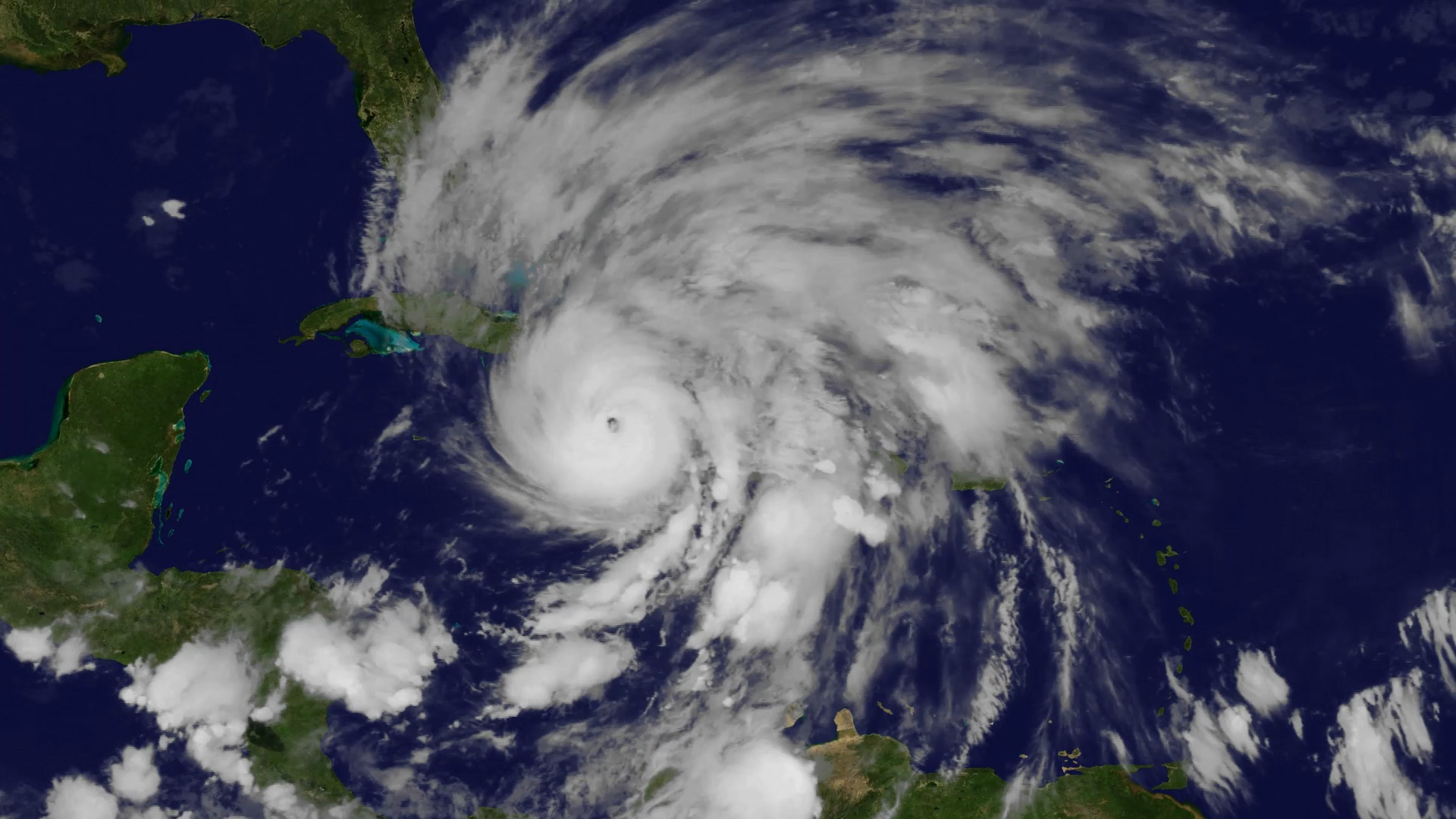
Famed weather satellite GOES-13 has retired, ending an era of stunning imagery and awesome insight into some of the largest storms over the last decade. With the emergence of the next-generation GOES-16 as NOAA’s new GOES-East satellite, GOES-13, which held the position since April 2010, was powered down on January 8, 2018. It can be reactivated if one of NOAA’s other operational or backup satellites experiences trouble. A previous NOAA geostationary satellite, GOES-14, also deactivated, will remain NOAA’s primary back-up satellite, and can be activated if either GOES-16 or GOES-15, the current GOES-West satellite, experiences technical difficulties.
In the fall of 2016, the first of several next-generation weather satellites lifted off from Florida’s Space Coast. The first of the series, GOES-R, eventually went on to become GOES-16, and was put into final position and fully activated and operational as GOES-East in December. The next in the series, GOES-S, is undergoing testing in Florida now ahead of a planned March 1 launch.
“GOES-13 was a reliable work horse, supplying meteorologists with the crucial imagery and data, which enabled NOAA to provide accurate forecasts and warnings of storms, many of which are in the record books,” said retired Navy Rear Adm. Timothy Gallaudet, Ph.D., acting NOAA administrator.
In addition to the geostationary satellites, NOAA also operates a fleet of polar-orbiting satellites. The first of NOAA’s next-generation polar satellites is JPSS-1. Launched November 18, 2017, JPSS-1 was renamed NOAA-20. Both types of satellites form the backbone of NOAA’s increasingly accurate weather forecasts.